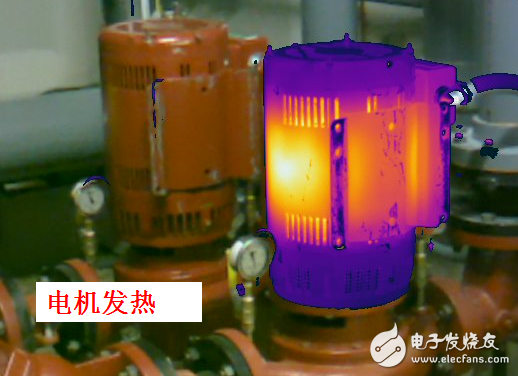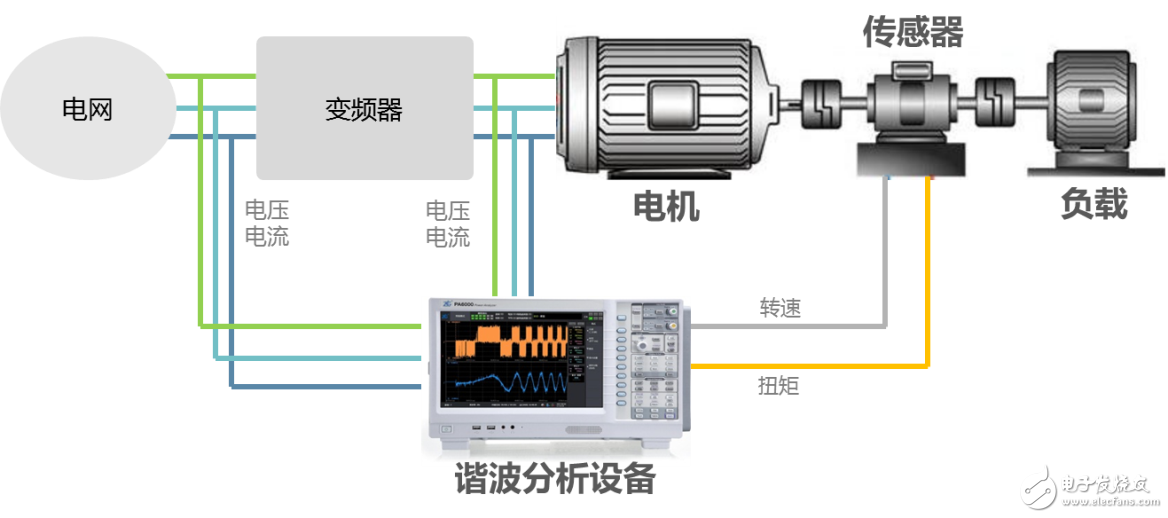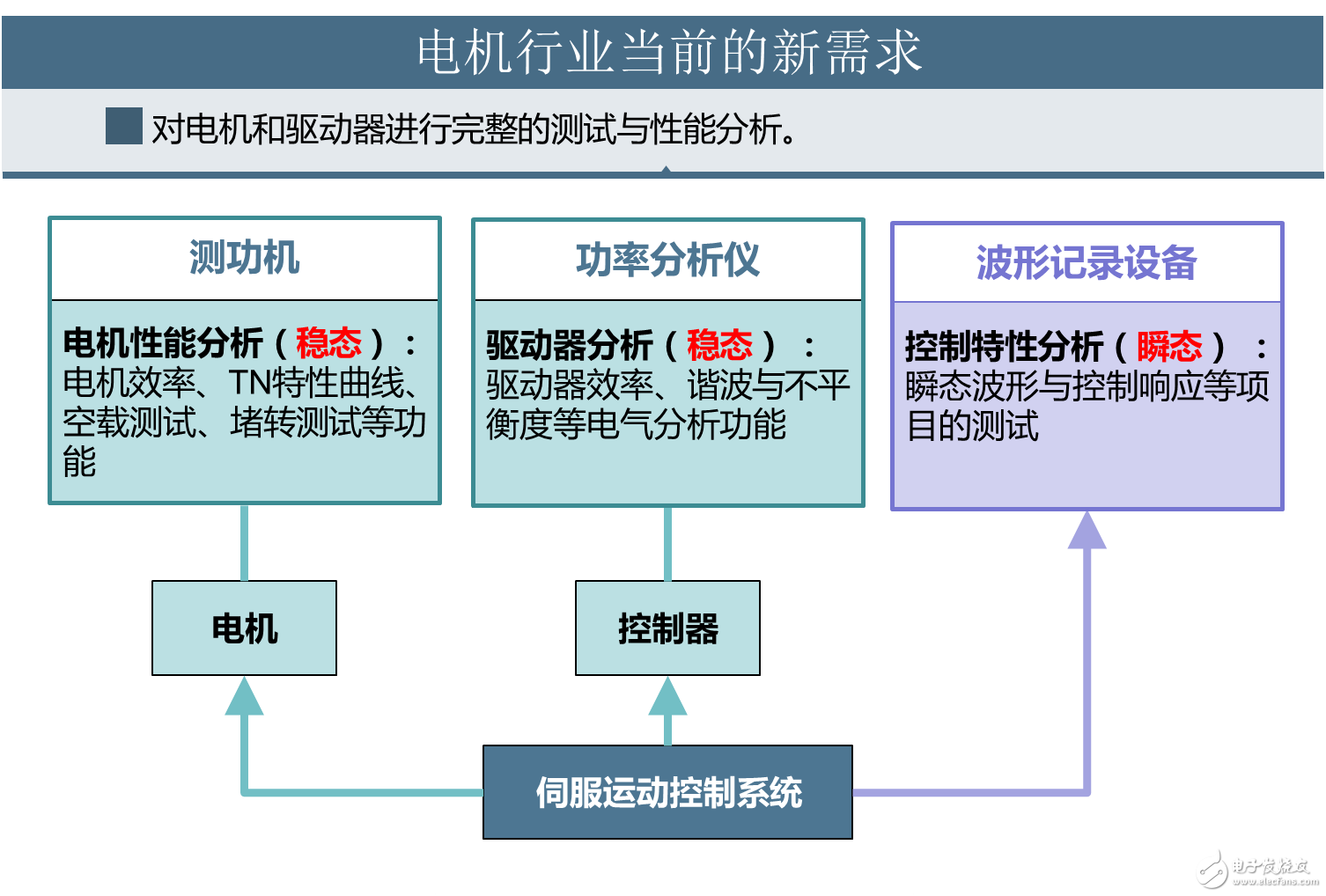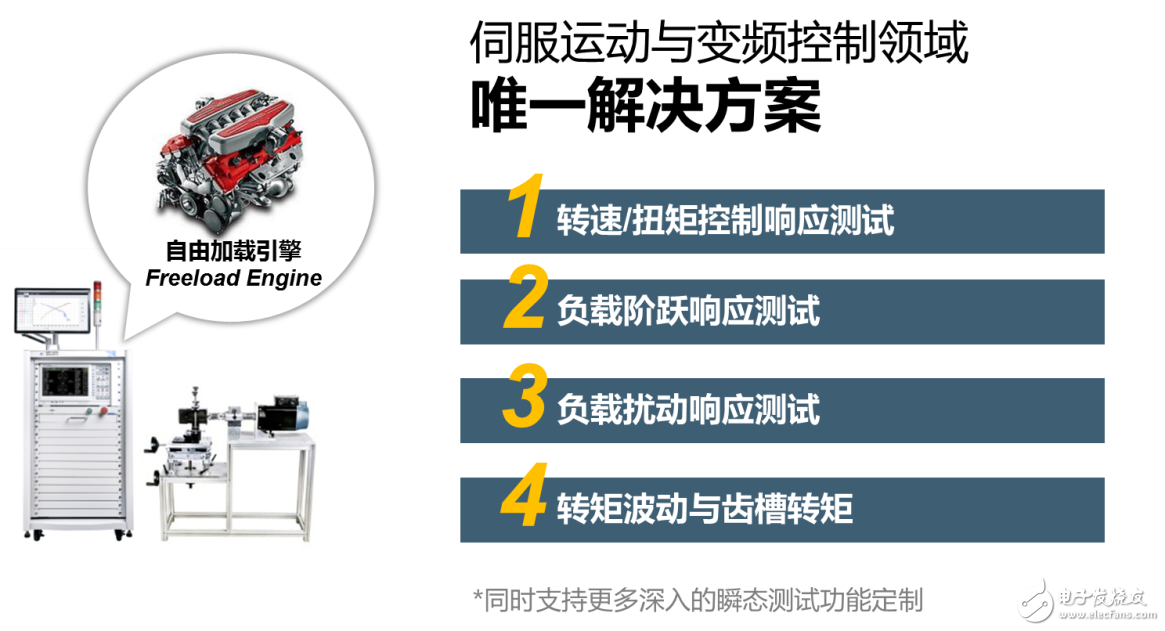With the rapid development of the Internet of Things and motor control technology, the manufacturing automation of the factory is getting higher and higher. Industrial robots were originally only used in the production of high-end products such as automobiles, but they are now more and more popular. Many home appliance manufacturers or machine manufacturers have begun to introduce robots to replace traditional labor. For example, Guangdong Province has set up a robotic production line application project in Foshan Shunde, a leading enterprise in the large-scale industry led by the United States. The aim is to improve the level of local manufacturing intelligence and promote the transformation and upgrading of the manufacturing industry. In the context of the “Made in China 2025â€, the same government and business cooperation projects are being implemented in the country.

As the core equipment of the intelligent automated production plant: the motor and its controller (inverter), the relationship between them is not as simple as we think. The introduction of the controller makes the working condition of the motor adjustable, and can realize different dynamic performance output according to the actual field application (like the robot is a good example), but there are also some interaction factors between the motor and the controller. Here, we will introduce you one by one:
1. Motor efficiency and temperature rise caused by motor controller
No matter what kind of motor controller or frequency converter, there are different levels of harmonic voltage and current during the operation, so that the motor runs under non-sinusoidal voltage and current. Harmonics can cause the increase of the stator copper loss, rotor copper loss, iron loss and additional loss of the motor, which directly leads to the reduction of the true efficiency of the motor and the possibility of excessive temperature rise. Therefore, when designing or selecting a motor controller, the harmonic content of the output signal is an important indicator.

solution
In order to perform harmonic analysis on the output signal of the motor controller, a wideband harmonic analyzer must be used. Current industry practices typically use a multi-channel power analyzer to test component motor test systems. As shown in the figure, the electrical and mechanical parameters of the motor and the driver are collected in real time during the test. While analyzing the real-time individual efficiency of the motor and the controller, the harmonic test results can also be recorded, and the remaining efficiencies are considered. The relationship of influence.

2. How to consider the adaptability of the motor to frequent starting and braking
This problem is also very common. Since the motor is powered by the controller, it can be started with no inrush current at a very low frequency and voltage (ie, soft start), and can be quickly braked by using various braking methods provided by the controller. The conditions for achieving frequent start and brake are created. This type of industry application is dominated by servo motors. Position control motors like CNC machines are representative of this type of motor control system.

Then, since the working condition of the motor is constantly changing, under the action of the cyclical alternating force of its own mechanical system and battery system, it is possible to bring fatigue and accelerated aging problems to the mechanical structure and the insulating structure of the motor. In addition, for motor products such as servo motors, which are mainly used in dynamic start-stop conditions, the control performance (including the connection control between the motor and the controller) is a project that needs to be tested.
Solution :
In order to meet the needs of current motors and controllers, a set of equipment for complete performance analysis and control analysis of the servo system's motors, drives and the entire control system is required.

Zhou Ligong Zhiyuan Electronics' MPT hybrid motor test system can load the tested motor continuously and dynamically by free loading engine technology to realize the simulation of the working condition of the tested motor in the real environment, so that the corresponding motor and control can be carried out. Various tests such as dynamic response control, actual working condition simulation and aging allow the motor test to enter the dynamic era and meet the load test requirements of the current motor industry, especially the robot industry for motion control related projects.

PACSystems* RX7i Controller
• Pentium® CPUs for your every need, from Celeron 300Mhz to M Class 1.8Ghz • VME64 Backplane provides up to four times the bandwidth of existing Series 90*-70 systems • 10/100 Ethernet built into the CPU, with easy cabling RJ-45 dual ports connected through an auto-sensing switch - no need for additional switches or hubs rack to rack • Up to 64MB memory for fast execution, storage of the complete program with all documentation (including Excel, Word, PDF and DXF files) - all in one CPU • Object Oriented programming through IEC languages including C for fast executing, standards based applications • Integration of Control Memory Xchange, a high speed global memory over a fiber network - like having a networked drive everyone can see and share • High capacity power supplies (100W and 350W) to reduce the requirement for an external supply
PAC Systems RX7i Controller,Turbine Control System,RX7i 17 Slot Rack,Speedtronic Mark IV Turbine
Xiamen The Anaswers Trade Co,.LTD , https://www.answersplc.com
